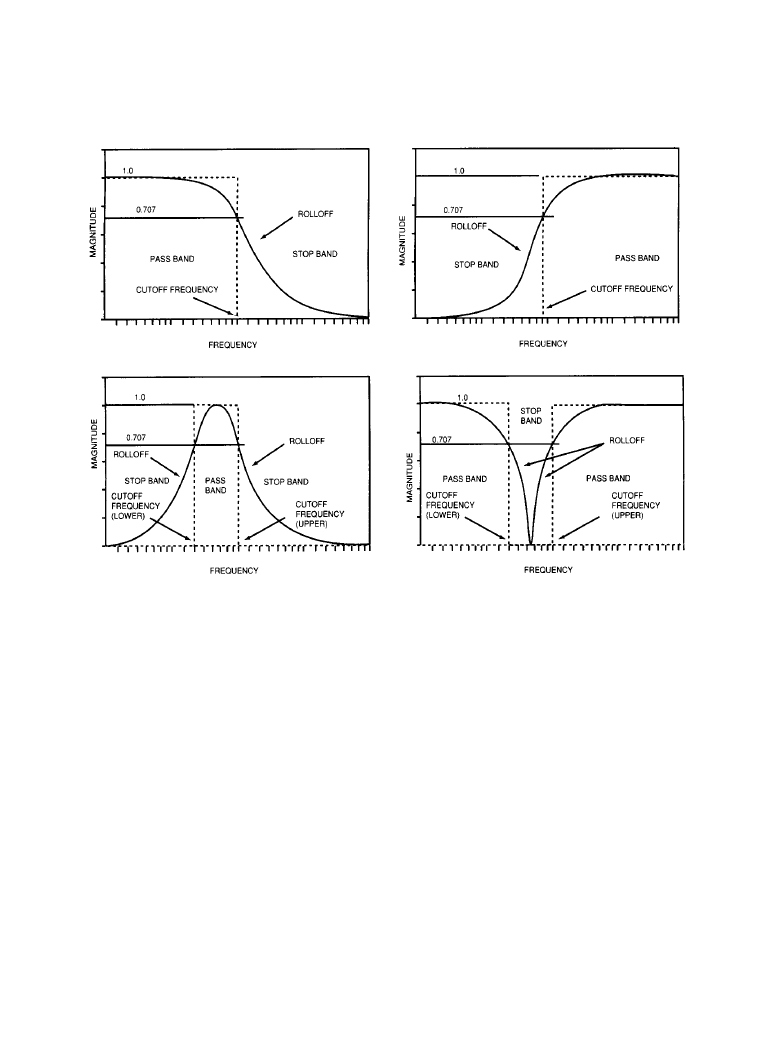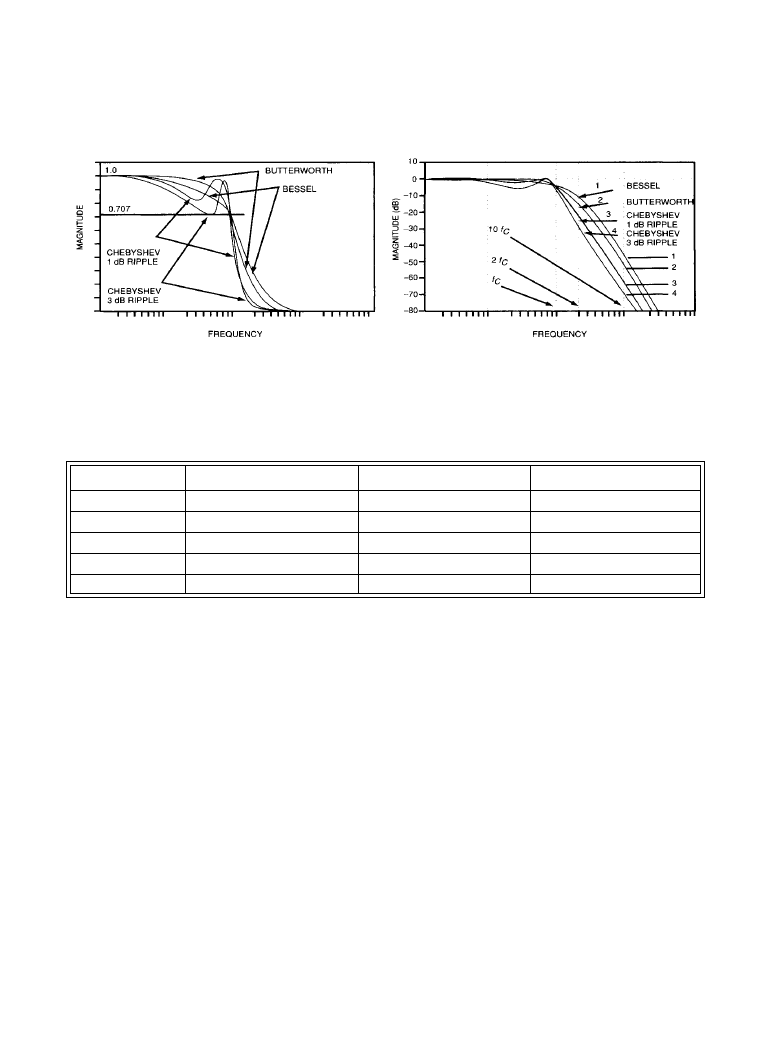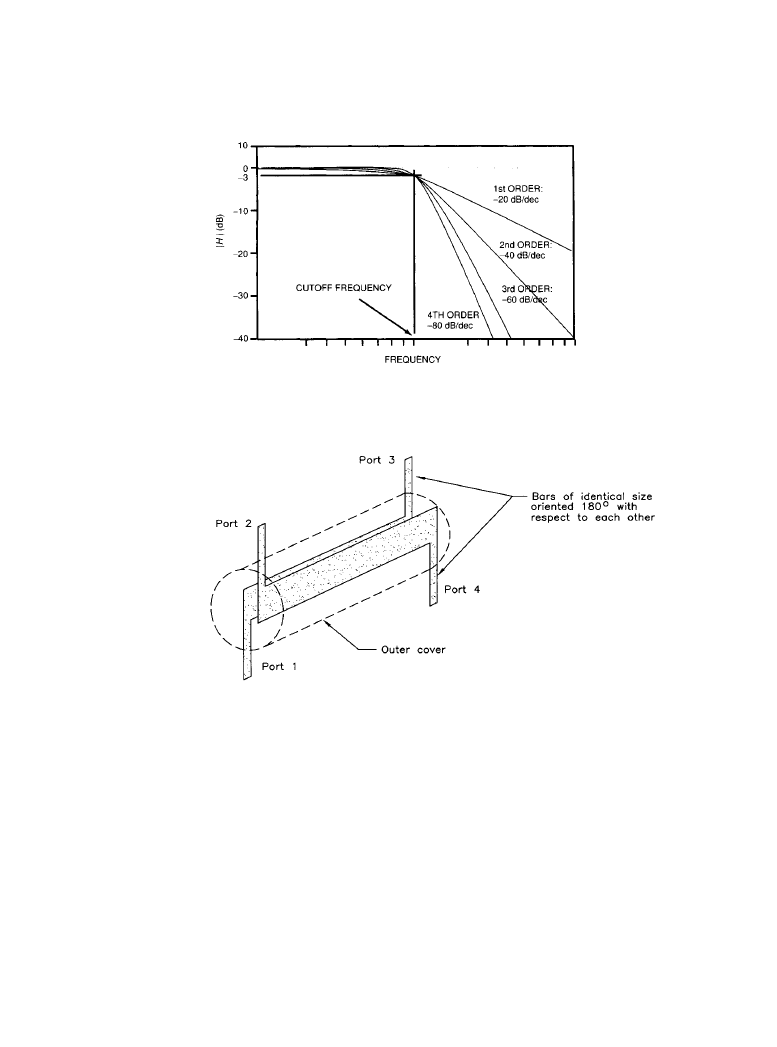ВУЗ: Казахская Национальная Академия Искусств им. Т. Жургенова
Категория: Книга
Дисциплина: Не указана
Добавлен: 03.02.2019
Просмотров: 21637
Скачиваний: 19

11-127
Chapter
11.6
RF Combiner and Diplexer Systems
Cecil Harrison, Robert A. Surette
Jerry C. Whitaker, Editor-in-Chief
11.6.1 Introduction
The basic purpose of an RF combiner is to add two or more signals to produce an output signal
that is a composite of the inputs. The combiner performs this signal addition while providing iso-
lation between inputs. Combiners perform other functions as well, and can be found in a wide
variety of RF transmission equipment. Combiners are valuable devices because they permit mul-
tiple amplifiers to drive a single load. The isolation provided by the combiner permits tuning
adjustments to be made on one amplifier—including turning it on or off—without significantly
affecting the operation of the other amplifier. In a typical application, two amplifiers drive the
hybrid and provide two output signals:
•
A combined output representing the sum of the two input signals, typically directed toward
the antenna.
•
A difference output representing the difference in amplitude and phase between the two input
signals. The difference output typically is directed toward a dummy (reject) load.
For systems in which more than two amplifiers must be combined, two or more combiners are
cascaded.
Diplexers are similar in nature to combiners but permit the summing of output signals from
two or more amplifiers operating at different frequencies. This allows, for example, the outputs
of several transmitters operating on different frequencies to utilize a single broadband antenna.
11.6.2 Passive Filters
A filter is a multiport-network designed specifically to respond differently to signals of different
frequency [1]. This definition excludes networks, which incidentally behave as filters, sometimes
to the detriment of their main purpose. Passive filters are constructed exclusively with passive
Downloaded from Digital Engineering Library @ McGraw-Hill (www.digitalengineeringlibrary.com)
Copyright © 2004 The McGraw-Hill Companies. All rights reserved.
Any use is subject to the Terms of Use as given at the website.
Source: Standard Handbook of Audio and Radio Engineering

11-128 Broadcast Transmission Systems
elements (i.e., resistors, inductors, and capacitors). Filters are generally categorized by the fol-
lowing general parameters:
•
Type
•
Alignment (or class)
•
Order
11.6.2a
Filter Type
Filters are categorized by type, according to the magnitude of the frequency response, as one of
the following [1]:
•
Low-pass (LP)
•
High-pass (HP)
•
Band-pass (BP)
•
Band-stop (BS).
The terms band-reject or notch are also used as descriptive of the BS filter. The term all-pass
is sometimes applied to a filter whose purpose is to alter the phase angle without affecting the
magnitude of the frequency response. Ideal and practical interpretations of the types of filters
and the associated terminology are summarized in Figure 11.6.1.
In general, the voltage gain of a filter in the stop band (or attenuation band) is less than
√2/2
(
≈ 0.707) times the maximum voltage gain in the pass band. In logarithmic terms, the gain in
the stop band is at least 3.01 dB less than the maximum gain in the pass band. The cutoff (break
or corner) frequency separates the pass band from the stop band. In BP and BS filters, there are
two cutoff frequencies, sometimes referred to as the lower and upper cutoff frequencies. Another
expression for the cutoff frequency is half-power frequency, because the power delivered to a
resistive load at cutoff frequency is one-half the maximum power delivered to the same load in
the pass band. For BP and BS filters, the center frequency is the frequency of maximum or mini-
mum response magnitude, respectively, and bandwidth is the difference between the upper and
lower cutoff frequencies. Rolloff is the transition from pass band to stop band and is specified in
gain unit per frequency unit (e.g., gain unit/Hz, dB/decade, dB/octave, etc.)
11.6.2b
Filter Alignment
The alignment (or class) of a filter refers to the shape of the frequency response [1]. Fundamen-
tally, filter alignment is determined by the coefficients of the filter network transfer function, so
there are an indefinite number of filter alignments, some of which may not be realizable. The
more common alignments are:
•
Butterworth
•
Chebyshev
•
Bessel
•
Inverse Chebyshev
•
Elliptic (or Cauer)
Downloaded from Digital Engineering Library @ McGraw-Hill (www.digitalengineeringlibrary.com)
Copyright © 2004 The McGraw-Hill Companies. All rights reserved.
Any use is subject to the Terms of Use as given at the website.
RF Combiner and Diplexer Systems

RF Combiner and Diplexer Systems 11-129
Each filter alignment has a frequency response with a characteristic shape, which provides
some particular advantage. (See Figure 11.6.2.) Filters with Butterworth, Chebyshev, or Bessel
alignment are called all-pole filters because their low-pass transfer functions have no zeros.
Table 11.6.1 summarizes the characteristics of the standard filter alignments.
11.6.2c
Filter Order
The order of a filter is equal to the number of poles in the filter network transfer function [1]. For
a lossless LC filter with resistive (nonreactive) termination, the number of reactive elements
(inductors or capacitors) required to realize a LP or HP filter is equal to the order of the filter.
Twice the number of reactive elements are required to realize a BP or a BS filter of the same
order. In general, the order of a filter determines the slope of the rolloff—the higher the order,
the steeper the rolloff. At frequencies greater than approximately one octave above cutoff (i.e., f
>> 2 f
c
), the rolloff for all-pole filters is 20n dB/decade (or approximately 6n dB/octave), where
(
d)
(
a)
(
b)
(
c)
Figure 11.6.1
Filter characteristics by type: (
a) low-pass, (b) high-pass, (c) bandpass, (d) band-
stop. (
From [1]. Used with permission.)
Downloaded from Digital Engineering Library @ McGraw-Hill (www.digitalengineeringlibrary.com)
Copyright © 2004 The McGraw-Hill Companies. All rights reserved.
Any use is subject to the Terms of Use as given at the website.
RF Combiner and Diplexer Systems

11-130 Broadcast Transmission Systems
n is the order of the filter (Figure 11.6.3). In the vicinity of f
c
, both filter alignment and filter
order determine rolloff.
11.6.3 Four-Port Hybrid Combiner
A hybrid combiner (coupler) is a reciprocal four-port device that can be used for either splitting
or combining RF energy over a wide range of frequencies. An exploded view of a typical 3 dB
90° hybrid is illustrated in Figure 11.6.4. The device consists of two identical parallel transmis-
sion lines coupled over a distance of approximately one-quarter wavelength and enclosed within
a single outer conductor. Ports at the same end of the coupler are in phase, and ports at the oppo-
site end of the coupler are in quadrature (90° phase shift) with respect to each other.
The phase shift between the two inputs or outputs is always 90° and is virtually independent
of frequency. If the coupler is being used to combine two signals into one output, these two sig-
nals must be fed to the hybrid in phase quadrature. When the coupler is used as a power splitter,
the division is equal (half-power between the two ports). The hybrid presents a constant imped-
ance to match each source.
Table 11.6.1 Summary of Standard Filter Alignments
(
After [1].)
Alignment
Pass Band Description
Stop Band Description
Comments
Butterworth
Monotonic
Monotonic
All-pole; maximally flat
Chebyshev
Rippled
Monotonic
All-pole
Bessel
Monotonic
Monotonic
All-pole; constant phase shift
Inverse Chebyshev
Monotonic
Rippled
Elliptic (or Cauer)
Rippled
Rippled
(
a)
(
b)
Figure 11.6.2
Filter characteristics by alignment, third-order, all-pole filters: (
a) magnitude, (b)
magnitude in decibels. (
From [1]. Used with permission.)
Downloaded from Digital Engineering Library @ McGraw-Hill (www.digitalengineeringlibrary.com)
Copyright © 2004 The McGraw-Hill Companies. All rights reserved.
Any use is subject to the Terms of Use as given at the website.
RF Combiner and Diplexer Systems

RF Combiner and Diplexer Systems 11-131
Operation of the combiner can best be understood through observation of the device in a prac-
tical application. Figure 11.6.5 shows a four-port hybrid combiner used to add the outputs of two
transmitters to feed a single load. The combiner accepts one RF source and splits it equally into
two parts. One part arrives at output port C with 0° phase (no phase delay; it is the reference
phase). The other part is delayed by 90° at port D. A second RF source connected to input port B,
but with a phase delay of 90°, also will split in two, but the signal arriving at port C now will be
in phase with source 1, and the signal arriving at port D will cancel, as shown in the figure.
Output port C, the summing point of the hybrid, is connected to the load. Output port D is
connected to a resistive load to absorb any residual power resulting from slight differences in
Figure 11.6.3
The effects of filter order on rolloff (Butterworth alignment). (
From [1]. Used with
permission.)
Figure 11.6.4
Physical model of a 90° hybrid combiner.
Downloaded from Digital Engineering Library @ McGraw-Hill (www.digitalengineeringlibrary.com)
Copyright © 2004 The McGraw-Hill Companies. All rights reserved.
Any use is subject to the Terms of Use as given at the website.
RF Combiner and Diplexer Systems